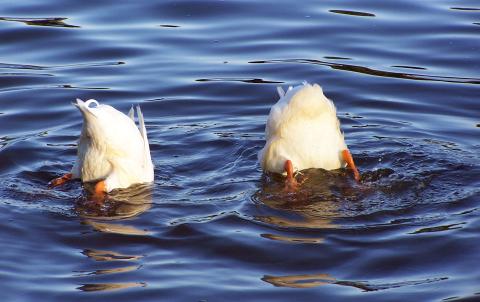Tom Dokken | Originally published in GameKeepers: Farming for Wildlife Magazine
A lot of hunters buy land; however, very few purchase ground specifically for duck hunting. This is no surprise considering the hunting world is dominated by the pursuit of whitetails, /your-obsession/deer which have spawned a land development craze involving food plots, sanctuaries, man-made funnels, water sources and a litany of other deer-friendly additions.
Although it may seem daunting to turn any tract of land into something more desirable for ducks, it’s not. It’s just necessary to borrow a page from the whitetail improvement handbook (and write a few new ones if you have to) to tweak your ground in ways that will not only draw in ducks but hold them. Developing a waterfowl hotspot is not simply baiting a spot — it’s creating the habitat needed to support a variety of waterfowl. When you take the time to do it correctly, you will be hunting your duck ponds year after year.
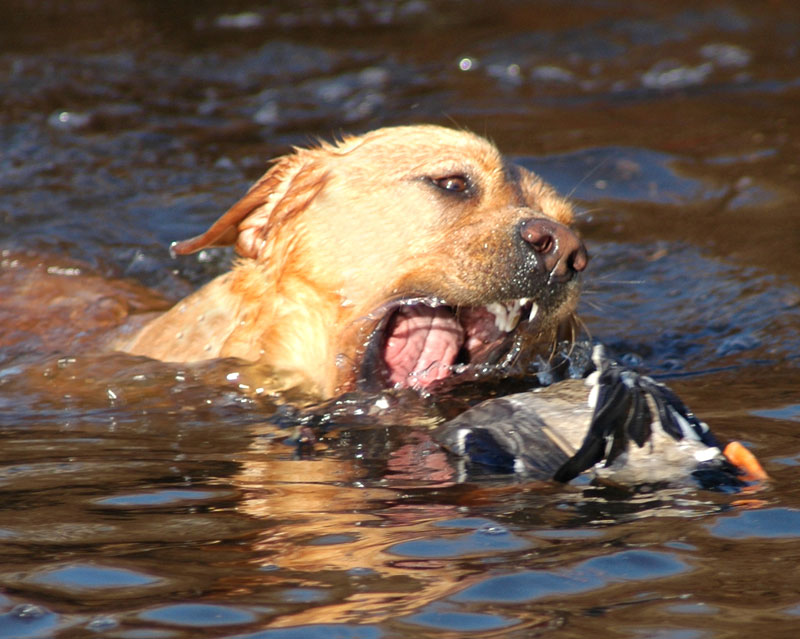
Duck Hunting Potential
I started these processes years ago, largely by accident. Since training dogs is my trade, and many of those dogs happen to be “duck hunters,” I needed to buy property that had water on it. It didn’t take long to realize that those training ponds also drew in waterfowl and that I could put in a little sweat equity and truly turn my ground into duck hunting land.
If you’re sitting on a property that you think holds the potential to be prime duck hunting land, there is truly only one starting point — your local game agency. What you can and can’t do on your property is going to be dictated by Federal, State or even County government and you need to talk to the right folks to make sure you’re going to stay within the laws when you start your improvements. That’s the potential downside of involving Uncle Sam.
The upside is that there are plenty of programs out there that might offer you payments for duck-friendly improvements by pairing you up with conservation organizations. It’s a win-win to partner with certain conservation groups if they are willing to offset your personal costs to produce the most beneficial waterfowl features possible on your ground.
Additionally, contact the Natural Resources Conservation Service (NRCS) to gain further guidance on the depth of potential ponds, preferred nesting cover, feeding cover, resting cover and even how to prepare a refuge on your ground. The NRCS is very familiar with the process of creating quality land that benefits all animals, including ducks, and they’ve been there and seen it all, which can come in handy when embarking on a new endeavor like this.
Once you’ve contacted the right agencies and developed a plan for how to improve your land, you’ll likely find two common themes that continuously crop up when concerning waterfowl — food and sanctuary.
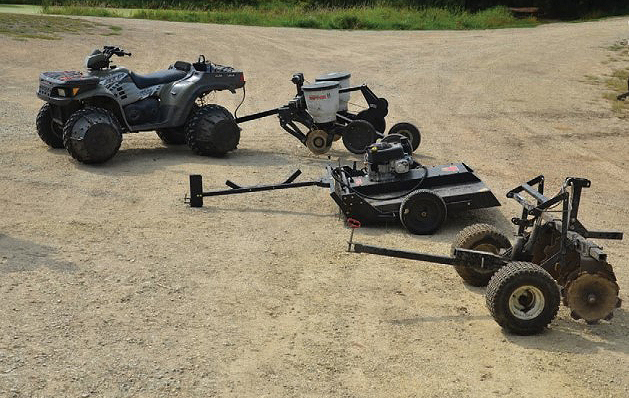
Build a Buffet on Your Duck Pond
Depending on the size of your property, developing the right food sources might be extremely easy — or might not. Some properties have deep open water and have more shallow water. The good thing is that even small hunting properties typically feature at least one spot that can be turned into a bird buffet, provided you plan it correctly and employ the right tools.
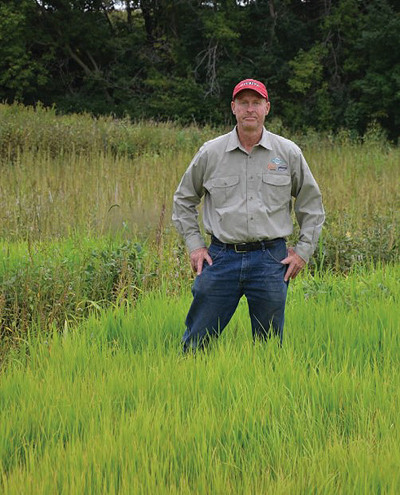
One of my personal favorites is a seasonal low spot that fills up with water at certain times of the year and is dry during others (make sure the area is not designated as a wetland with improvement restrictions). When I find a spot like this, I try to get in with a four-wheeler in the spring when the water level is down and it’s starting to dry up. This often necessitates the usage of J-Wheelz on my ATV because they allow for much better traction in mud and muck.
In addition to J-Wheelz, you might need to buy or borrow a brush hog, depending on the existing vegetation. These are perfect for clearing out brush and providing a fresh template to work with, although they are cost-prohibitive and will not work in every situation. When I encounter just such a situation, I often go in and do a controlled burn. This is a great way to remove unwanted vegetation but make sure you pay attention to the conditions and have some experienced help to ensure that your blaze stays controlled. To further control weeds and promote proper plant growth, enlist either an ATV-mounted sprayer or a handheld sprayer. There are a number of contact herbicides that may be applicable, depending upon your specific conditions.
Ground Clearance
When I get the ground cleared to the soil, I’ll come in with a disk on my ATV, but I’ve also simply used a metal rake in places where the ground was too soft. The goal is to work up the soil just as you would with a deer food plot designed to draw in big bucks.
When the soil is worked up, it’s time to broadcast seed. I prefer Japanese millet, buckwheat and Biologic’s Guide’s Choice, especially in the spots that I can’t run my ATV through. These seeds are great for mud flats and simply require soil-to-seed contact for germination.
Keep in mind that Japanese millet is an absolute blackbird magnet, so you may need to get creative and hang some balloons around the plot to scare them off so your crop isn’t gone before duck season begins. Also, before planting any of these seeds, check the Weather Channel religiously. Planting just before a soaking rain will do wonders for plant production and will usually give you the best stand possible.
In the case of areas that are ATV-friendly, also consider disking up the ground and planting sorghum, soybeans or corn if you have the means. These crops are even better if you have impoundments or water control structures on your ground so that you can flood them later in the year.
If this sounds like too much work, and it is work — albeit fun work — you can simply disk up certain low areas and let the native vegetation grow back. If the ground is low enough, this action might even stir up some invertebrates that will draw in even more ducks.
The Right Refuge
The goal of anyone who sets out to develop a waterfowl oasis should be to fill a duck’s belly and then give them a great place to loaf away the day “without harassment.” A good cover is a good cover regardless of the size of your duck hunting land; however, developing a refuge takes more planning and, sometimes, more space.
This is a hard lesson to learn, but when you develop a “true refuge,” it needs to stay a refuge. The pond or lowland you deem off-limits to human intrusion has to stay that way, whether you’ve been filling out your limit each morning or blanking more often than not.
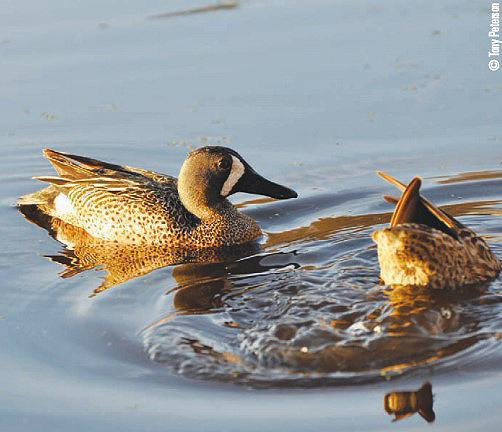
On my property, the pond that we actually hunt is nearly 400 yards from the sanctuary we have established. The ducks quickly learn that the refuge is a great place to feed and rest, and refuse to duck hunt there. That doesn’t mean that we don’t shoot ducks that use our refuge, because we do. Hunting nearby affords us the chance to hunt ducks that are in the air because of the proximity to our self-imposed sanctuary, while preserving its status throughout the season.
Plan Your Refuge Days
We can do this because we have several ponds to work with, which isn’t the case for everyone. If you’re only dealing with a smaller property, you can still create “refuge days,” or make sure the spot receives ample rest between hunts.
Simply put, exhibit enough patience to only hunt your ground on certain days of the week. If possible, try to make your hunting days on weekdays, and have your off-days be on the weekends. This will be the reverse of most hunting pressure and will often result in more ducks using your property when they get pushed off nearby waters. A spot exclusively devoted to refuge will be best.
Along those lines, it’s also a good idea to consider what you’re trying to get out of your duck hunting land. If you want a place to bring several buddies and limit out every time the sun rises, you will be sorely disappointed unless you’ve got unlimited funds and a huge tract of land to work with. For most, the reality is that creating a few duck-friendly food plots and a duck pond or two will result in the chance to have many quality hunts that aren’t focused entirely on heft in the game bag.
On the Duck Pond with Decoys
This flies in the face of the modern image of duck hunting we are often subjected to, where the goal seems to be to clear the skies of all fowl as quickly as possible. For me, it’s much nicer to hunt for an hour or two on chosen mornings and have a quality hunt with birds that will work the decoys well. This discipline leads to an entire season of enjoyable hunting as opposed to a few days during the fall where our barrels are hot to the touch and the ground is littered with beaked corpses.
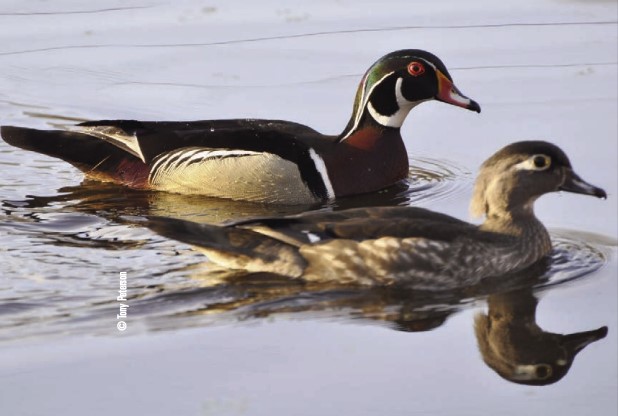
Whether you are dealing with a large property and several sanctuaries, or a smaller property with no refuge for the ducks and have to implement off-days, it’s important to take advantage of short-in-duration hunts. On my property, we enjoy the hunting at sunrise and then sneak out to give the ducks the remainder of the day to rest.
Again, it’s all about patience. This conditions the ducks to the “comfort of your property.” The results will keep more birds around longer and the birds that are present react to decoys and calling much easier. This means that whether you only have a single duck in the game bag, or a limit splayed out on the ground, it’s best to leave your site after an hour or two and discuss the morning’s hunt back at home — not while standing around the blind, flaring new birds trying to gain access.
I realize again this might sound like I’m trying to take all of the fun out of the hunt, but after doing this for years, I’ve come to realize that everyone — from the hunters to the ducks — benefit from this strategy and it can help you to maintain quality hunting all season long.
Year-Round Duck Love
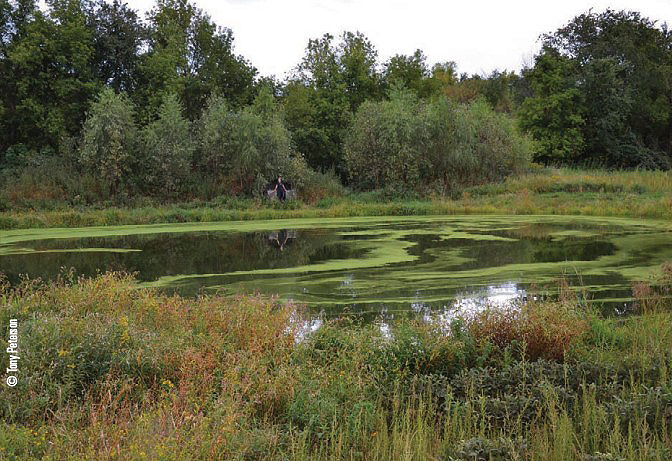
Thus far, I’ve really only touched on land improvements designed to increase action in the fall; however, there are things you can do year-long to further the attractiveness of your land. For example, just about anywhere your ground is located on the flyway, you can develop what I call a “spring refuge.”
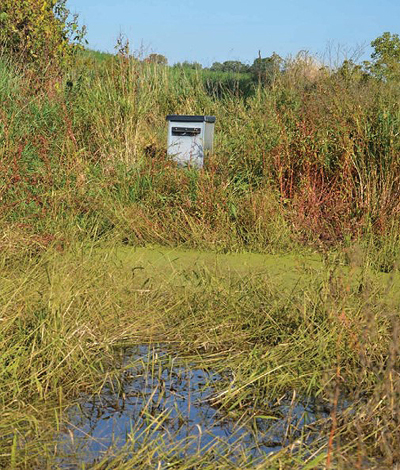
Partnering with conservation organizations can result in offset costs when putting in water control structures like the Agri-Drain structure pictured here.
The idea behind this refuge is that it’s another off-limits pond that will offer ducks a chance to rest and feed when migrating north during the spring. Depending on your location, you might also have nesting ducks call this refuge home throughout the summer, which is an added bonus.
There are simple things to be done during the off-season as well. Wood duck houses are always in need of some TLC, and building a few during the winter is a great way to foster more wood ducks on your property and kill some time during “hardwater” months. We also like to work on duck blinds during the winter and spring, with careful planning going into construction and placement so we can utilize our hunting ponds and sneak out without disturbing the remaining ducks.
Conclusion
It may seem that you need to own or manage a lot of land to create your own duck hunting land, but you don’t. Even a few acres can be turned into something that will draw teal, woodies, mallards and a host of other feathered fowl throughout the season. It just takes some planning, sweat equity and self-restraint.
That may seem like a tall order for a few duck hunts a week during the hunting season, but consider that many of the improvements you make to suit ducks will benefit deer, turkey, doves and a host of other game animals. This means that while you’re making a heck of a place to have some fine wing-shooting, a litany of non-duck species are reaping the benefits as well, which is a win-win for all involved.















